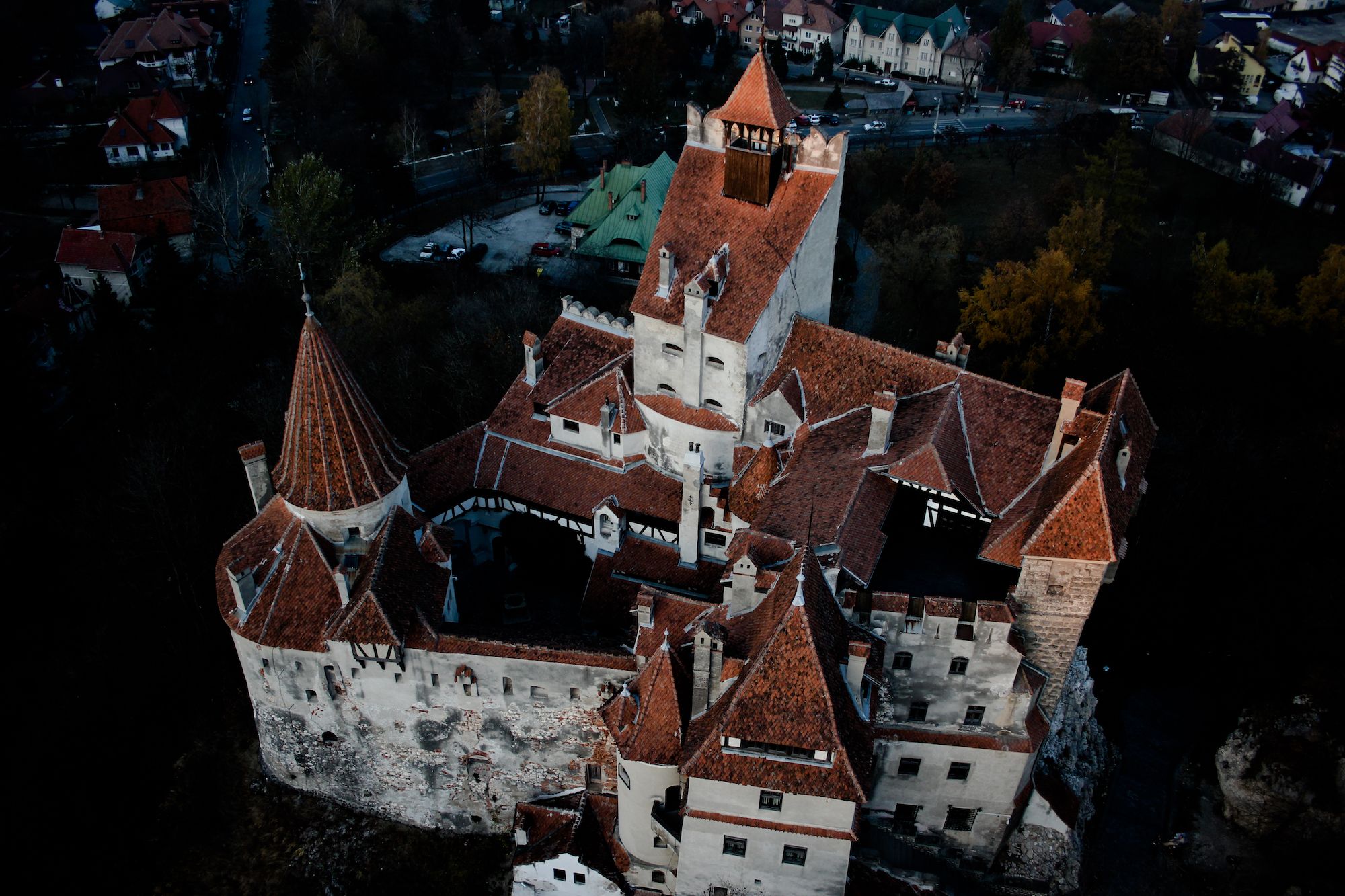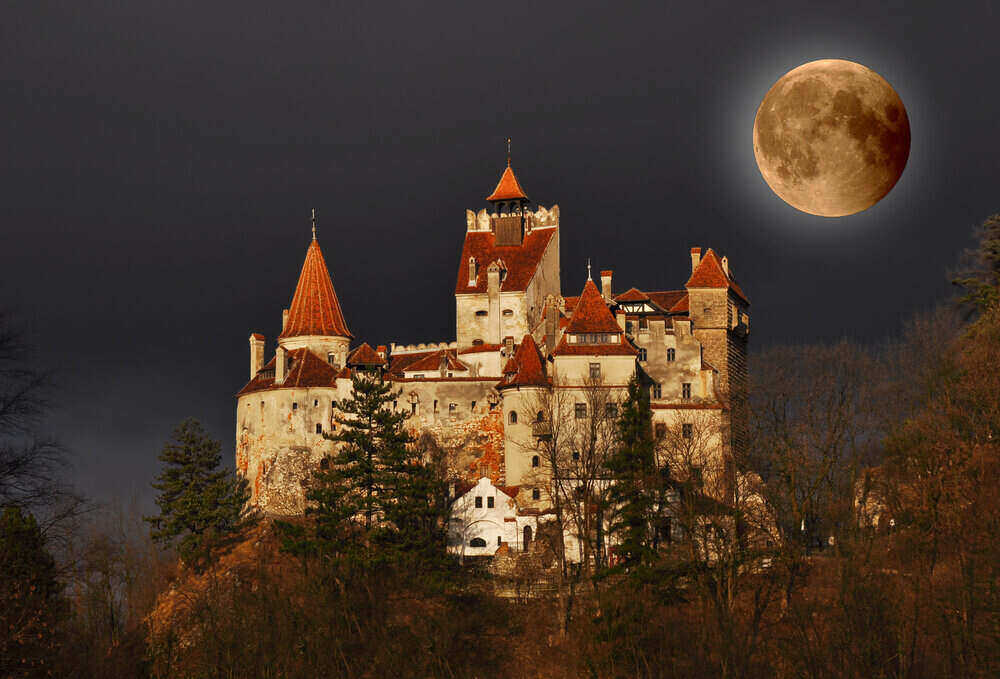Bran Castle, often cloaked in myth and legend, serves as an enchanting historical site in Transylvania. Located in Bran, roughly 25 kilometers southwest of Brașov, this fortress has become a symbol of intrigue and historical importance. Although widely referred to as “Dracula’s Castle,” its ties to Bram Stoker’s renowned vampire narrative are more fictional than factual. This article delves into the authentic history of Bran Castle, examining its influence on local politics and its evolution into a cultural and tourist destination.
The Origins of Bran Castle
In 1212, the Teutonic Order erected the wooden castle of Dietrichstein in the Burzenland region, strategically positioned at a mountain pass that had long been utilized by traders. This initial fortification was named after Commander Dietrich of the Teutonic Order, who is believed to have supervised its construction. Unfortunately, the castle met its demise at the hands of the Mongols in 1242, marking the end of its brief existence.

The Stone Fortress and Saxon Influence
Bran Castle was first officially documented on November 19, 1377, when King Louis I of Hungary granted the Saxons of Kronstadt (present-day Brașov) the right to construct a stone castle. Funded by the Saxons themselves, this fortress was built as a defensive stronghold to safeguard German settlers in Transylvania. The castle played a pivotal role in defending against the Ottoman Empire and later functioned as a customs checkpoint between Transylvania and Wallachia.

The Castle’s Role Through the Centuries
During the 15th and 16th centuries, Bran Castle served as a vital military site. In 1530, Moise of Wallachia attempted to seize the castle, but Székely soldiers valiantly defended it, forcing his army to withdraw. The fortress maintained its military significance until the mid-18th century.
Royal Residence and Later Developments

After the Treaty of Trianon in 1920, which transferred Transylvania to Romania, the castle came into the possession of the Romanian royal family. Queen Marie of Romania initiated extensive renovations, converting the castle into a royal residence and retreat. During World War II, it was repurposed as a hospital by Princess Ileana, Marie’s daughter. The castle’s circumstances shifted once again with the advent of the communist regime in 1948, resulting in its expropriation.
Modern Era and Legal Controversies
In 2005, Romanian laws permitted the restitution of properties seized during the communist period. In 2006, Bran Castle was returned to Archduke Dominic of Austria, a descendant of Princess Ileana. Despite facing some legal disputes, including a parliamentary inquiry and a Constitutional Court decision, the castle was officially handed over to the Habsburg family in 2009. They reopened it as a private museum, working alongside the local community to bolster its role in Romanian tourism.

The Myth of Dracula’s Castle
Though Bran Castle is often linked to Bram Stoker’s Dracula, there is no evidence that Stoker was familiar with this castle when he penned his novel. The fortress depicted in Stoker’s narrative bears little resemblance to Bran Castle, and the historical figure Vlad III Dracula, known as Vlad the Impaler, never lived there. The association between Bran Castle and the Dracula myth largely stems from tourism and popular culture.
Conclusion
The charm of Bran Castle lies not in its fictional connections but in its rich history and cultural relevance. From its beginnings as a medieval stronghold to its present status as a museum, the castle encapsulates the intricate tapestry of Transylvanian history. While its ties to the Dracula legend may be overstated, the genuine historical account of the castle provides an intriguing glimpse into the past. Today, Bran Castle stands as a testament to the region’s heritage, drawing visitors eager to uncover both its historical layers and the myths that envelop it.

